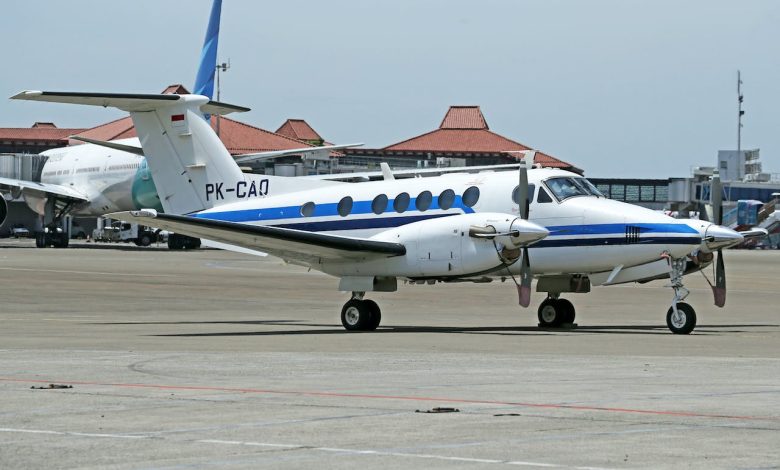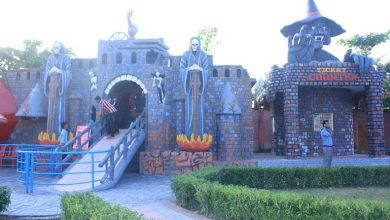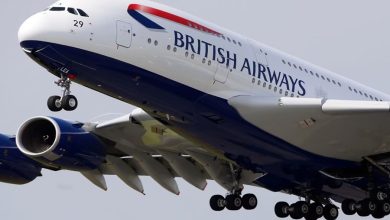How Pilots Can Increase Efficiency After Landing At The Airport

One of a pilot’s most important duties is to operate efficiently after they reach the airport since this affects both passenger happiness and operational efficiency. Optimizing post-landing protocols necessitates a systematic approach to different duties to guarantee a smooth transition from the runway to the gate. Learn all there is to know about boosting productivity as a pilot after arriving at an airport by reading on.
Swift Taxiing and Gate Arrival Coordination: Precision Matters
Once you’re on the ground, your attention turns to coordinated gate arrival and effective taxiing. Follow air traffic control’s directions as you precisely maneuver the aircraft along taxiways. It’s critical to communicate effectively with ground control to guarantee a smooth traffic flow and reduce delays. To speed up the aircraft’s arrival at the assigned gate, cooperate with ground staff and heed taxiway signs. In addition to streamlining airport operations, effective taxiing also helps save fuel. Cutting down on needless taxi time lowers operational expenses and its negative effects on the environment.
Rapid Passenger Disembarkation: Ensuring Passenger Comfort
As a pilot, you are accountable for the security and comfort of anyone traveling with you outside of the cockpit. As soon as you arrive, assist with a smooth and orderly disembarkation procedure. Work with the cabin staff to minimize passenger wait times by ensuring a smooth departure. Effectively use essential equipment, such as jet bridges or boarding stairs, to speed up the disembarkation procedure. Announcements that are brief and unambiguous about connecting flights and baggage claims help to ensure a smooth travel experience. Give priority to safety procedures, such as quickly opening doors and activating emergency exits as necessary.
Systematic Aircraft Shut Down: Methodical Procedures
It is essential for the safety and efficiency of the airplane that all systems be systematically turned down once they arrive at the gate. When shutting down engines, avionics, and other systems, adhere to established protocols. Make sure to finish all necessary checklist items, such as locking down engines, turning off auxiliary power units, and turning off outside power sources. Work closely with the ground team to plan the disconnections of outside utilities, such as air conditioning and ground electricity. Keep a careful hand while shutting off the system, following airline and manufacturer instructions. This systematic approach enhances the overall effectiveness of ground operations while safeguarding the integrity of the aircraft systems.
Data Review and Reporting: Post-Landing Analysis
Efficiency goes beyond the immediate chores upon landing and includes a comprehensive analysis of flight data. Work together to examine important performance metrics with workers from maintenance and ground operations at airport. Analyze variables, including gasoline use, engine condition, and any anomalies discovered throughout the trip. To create in-depth reports, make use of the technology and data monitoring tools now in use. Find areas that might want improvement, then work with the appropriate departments to put the fixes in place.
Timely Communication with Ground Services: Coordination is Key
Getting in touch with ground services quickly is essential to accelerating post-landing processes. Create lines of communication that are unambiguous and concise with the ramp staff, ground crew, and maintenance crews. Give regular information on the state of the aircraft, the expected time of arrival at the gate, and any particular needs for ground handling. Make careful arrangements with ground services and use equipment like aircraft tugs to make post-landing procedures smoother.
Continuous Training and Evaluation: Enhancing Competence
Continuous training and assessment lead to efficient post-landing operations. Attend frequent training sessions to remain up to date on the newest methods, innovations, and best practices in the field. Work together to share knowledge and experiences with other crew members, ground staff, and other stakeholders to promote a continuous improvement culture. Periodic reviews of post-landing procedures, such as debriefing meetings, aid in pinpointing areas that need improvement. Engage in post-flight evaluations to provide comments and learn lessons that can be used to improve operations in the future.
Conclusion
Improving efficiency once the aircraft lands necessitates a multipronged strategy that includes quick taxiing, timed gate arrival, quick passenger disembarkation, orderly aircraft shutdown, data analysis and reporting, efficient ground service communication, and ongoing training and assessment. Your dedication to these procedures as a pilot improves customer happiness and airline performance overall.



